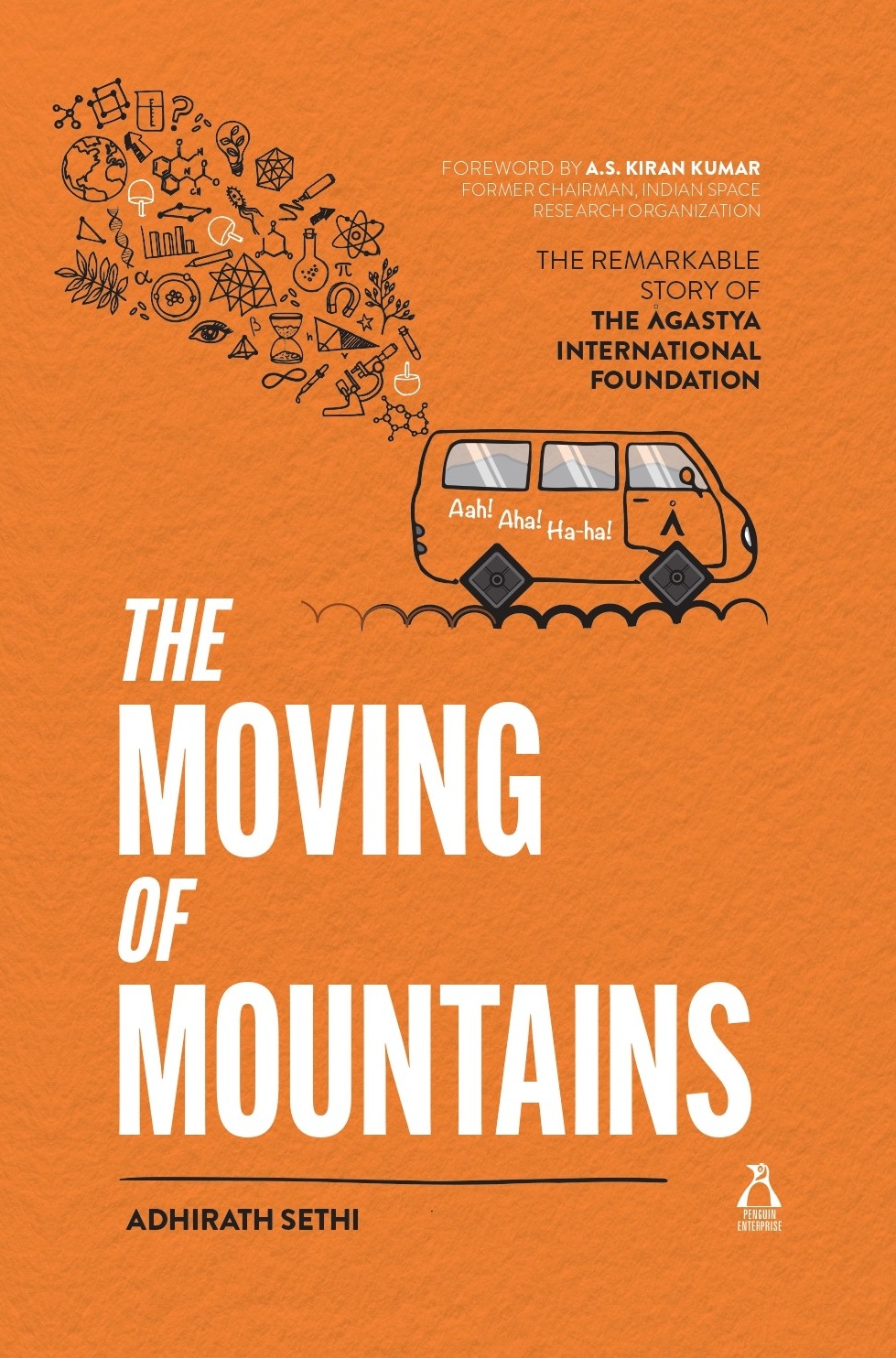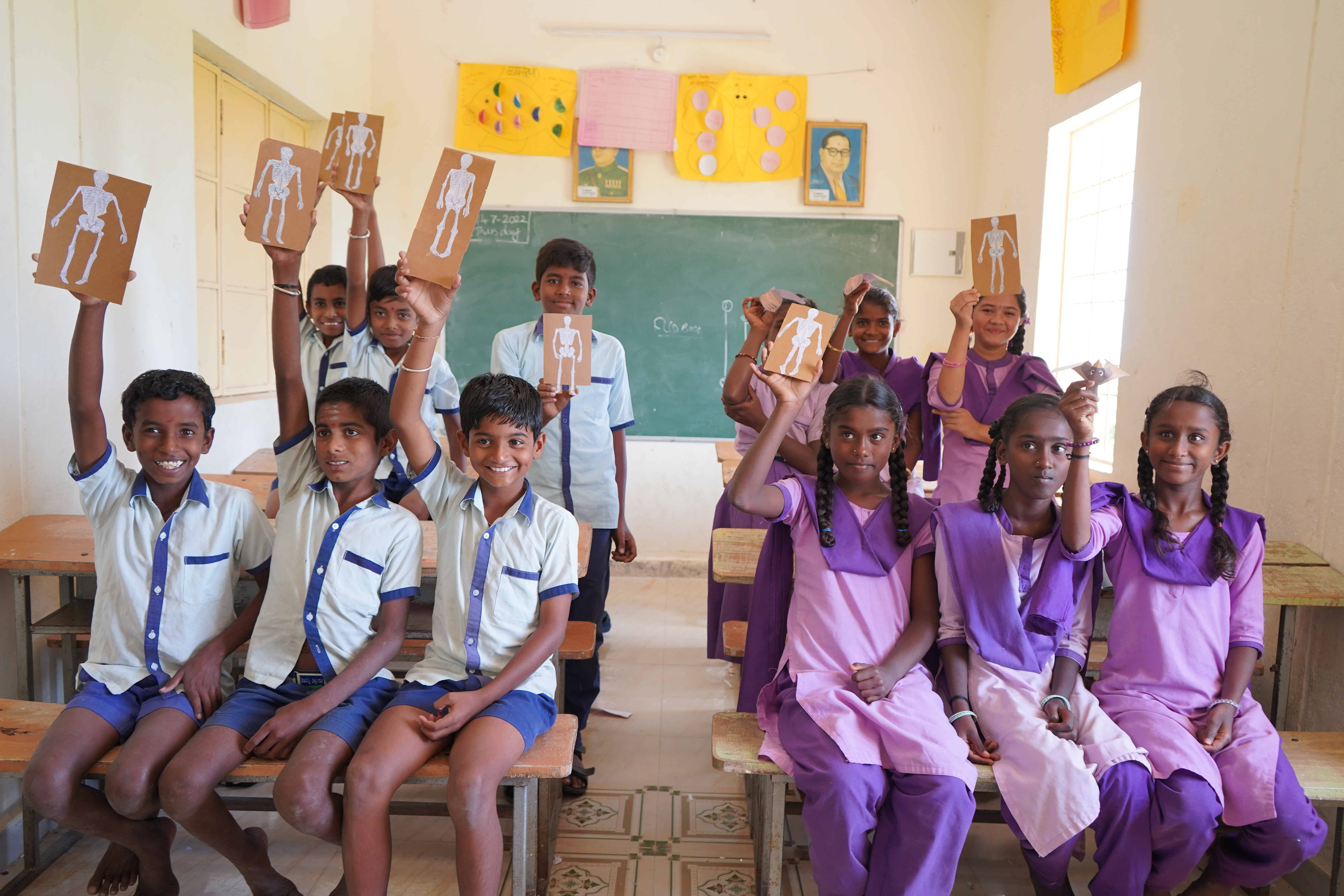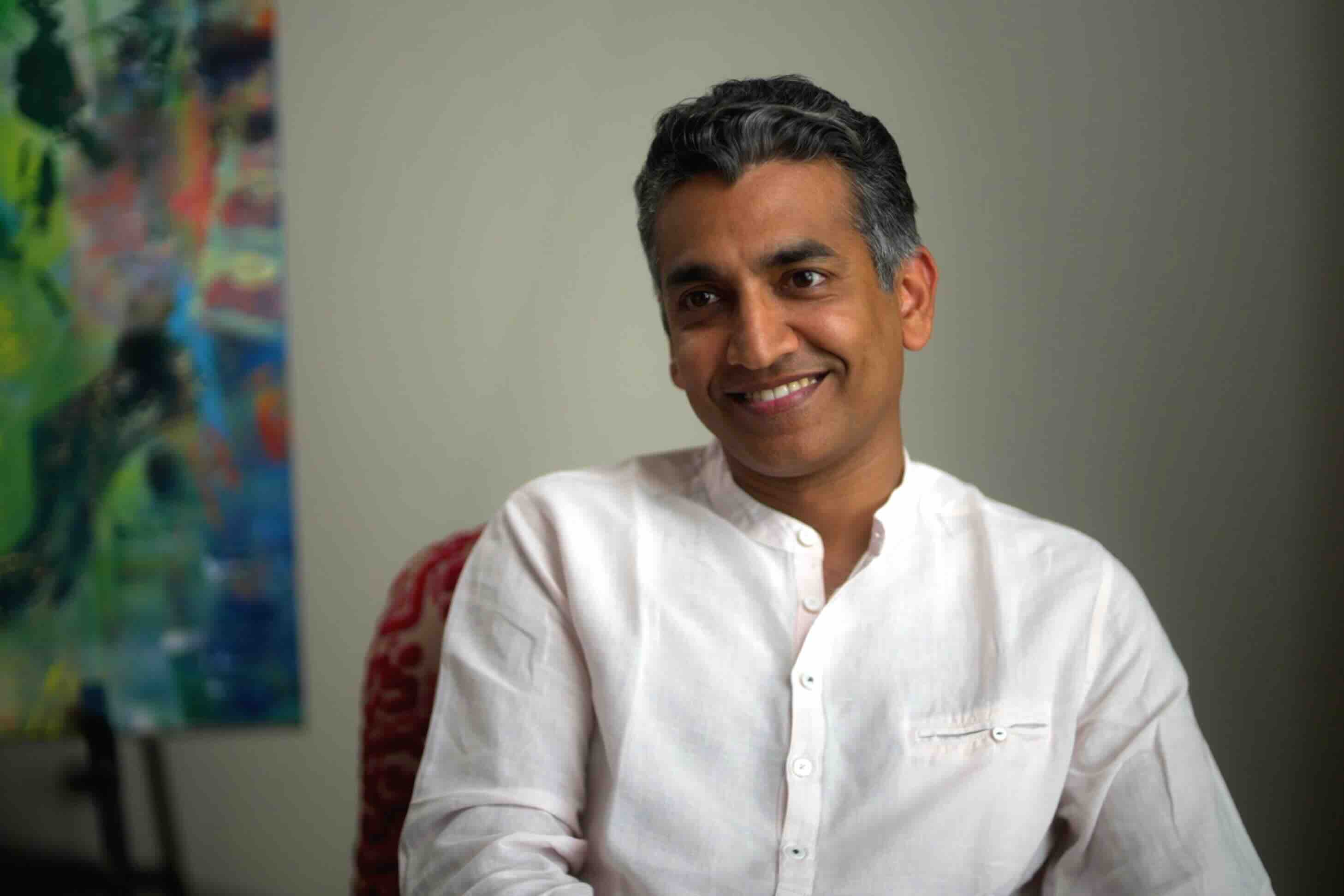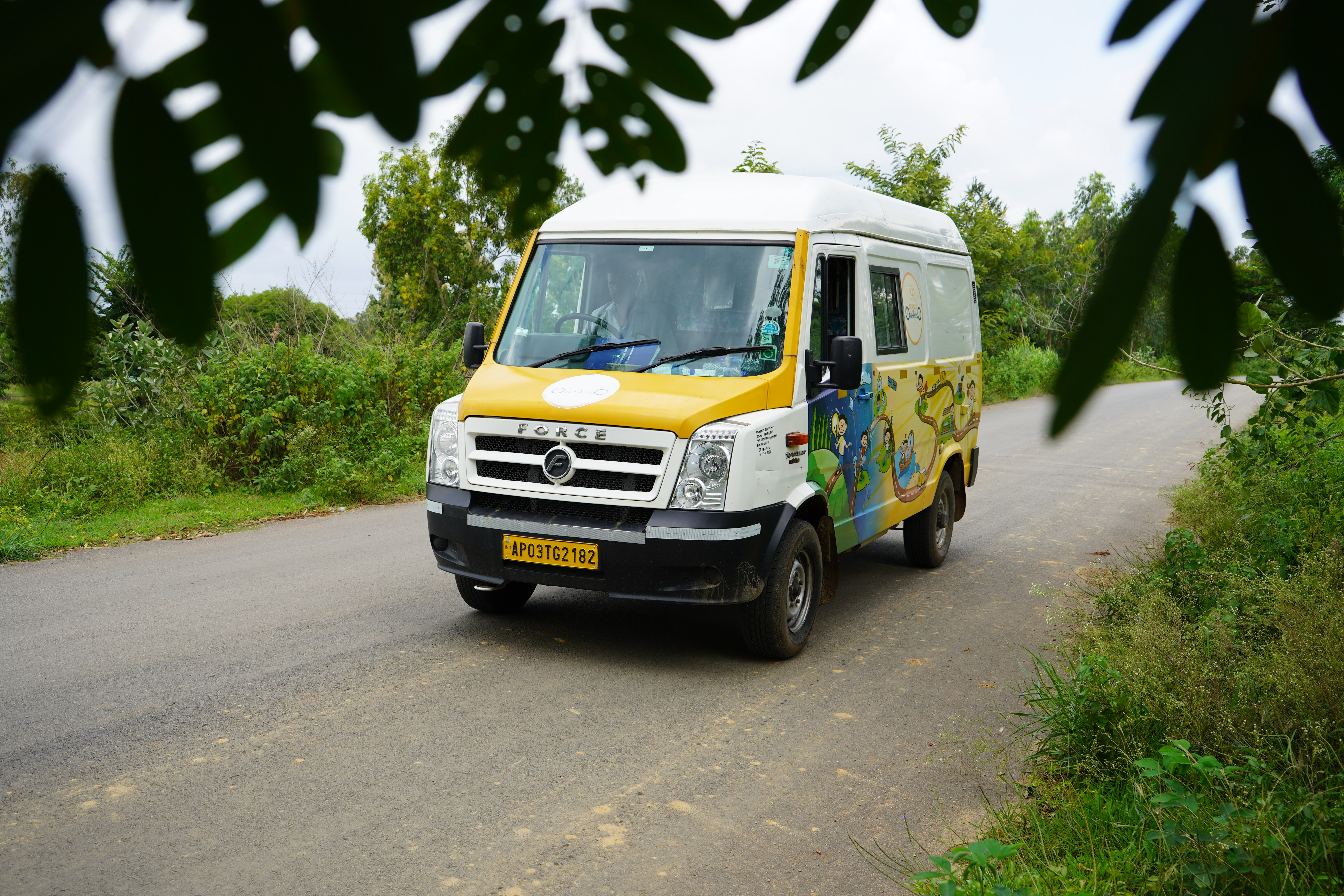.jpeg?alt=media&token=e2a35903-1d71-478a-98ce-776dad36f5f4)
Featured Book: The Moving of Mountains by Adhirath Sethi
.png?alt=media&token=756db6d6-4829-4997-b720-1d5728300837)
From Village Dust to Digital Dreams: How a Grassroots Science Movement is Lifting India’s Poorest Children.
In the arid, sunbaked corners of rural India, where electricity once flickered unreliably and access to clean water often took precedence over schoolbooks, a quiet revolution has been brewing. It’s not one of politics or policy—but of possibility.
This revolution is the heart of The Moving of Mountains (Penguin Enterprise), a new book by Adhirath Sethi that chronicles the remarkable 25-year journey of the Agastya International Foundation. What began as a humble initiative with a van, a few science kits, and a dream has evolved into one of the world’s most respected educational movements—one that’s transforming how India’s poorest children learn, create, and lead.

Written in an engaging and heartfelt style, it tells the story not just of an organization, but of the people behind it—teachers, children, dreamers, and doers. Sethi takes readers inside classrooms on wheels, into late-night planning meetings, and through the eyes of kids whose lives have been changed forever. An inspiring read that shows how even the smallest idea, when nurtured with passion and purpose, can lead to incredible change.
Agastya’s model is as imaginative as it is effective. Picture this: a mobile science lab rolls into a dusty village. Children who’ve never touched a computer are suddenly experimenting with circuits, building apps, and peering into microscopes. These are not scenes from a futuristic fiction—they are daily realities for hundreds of thousands of students across 18 Indian states, many of them girls from marginalized communities who are now learning to code and innovate in ways once unthinkable.

The scale is staggering: over 424,000 girls reached, more than 1,800 mobile lab visits each month, and a network of learning centres that rivals any national program in scope. But numbers alone don’t capture the story.
What The Moving of Mountains does so beautifully is tell the human side—the girl who used to herd goats, now teaching peers how to program; the boy who built a wind-powered water pump for his village after a session in an Agastya workshop. Sethi, himself a trustee of the foundation, spent months interviewing everyone from barefoot teachers to board members to uncover how this unique ecosystem of curiosity came to life.
 Adhirath Sethi
Adhirath Sethi
The book has already caught the attention of changemakers and dreamers alike. Endorsed by the late Dr. A.P.J. Abdul Kalam and investor-philanthropist Rakesh Jhunjhunwala, Agastya’s journey was even featured on Netflix’s Somebody Feed Phil, where host Phil Rosenthal marvelled at the foundation’s blend of creativity and compassion.
So, why should we pay attention now?
In an age dominated by artificial intelligence and billion-dollar edtech unicorns, Agastya offers a striking contrast: a low-cost, high-impact solution rooted in human connection and real-world learning. It reminds us that revolution doesn’t always look like a touchscreen. Sometimes, it looks like a child holding a magnifying glass, seeing cells for the first time, and realizing she could be a scientist.
The book is more than a tribute—it’s a blueprint. A roadmap for educators, policymakers, and social entrepreneurs looking to implement scalable, inclusive innovation. And in today’s India, where the promise of demographic dividend rests on the shoulders of its youth, it is also a timely reminder that no child’s potential should go untapped simply because of where they are born.
As Adhirath Sethi writes, “It’s not the mountain we conquer, but ourselves.” With curiosity as their compass and education as their guide, the children of Agastya are climbing—and moving—mountains.
 One idea. One van. One village. That’s all it took to start moving mountains. Imagine what a few more could do.
One idea. One van. One village. That’s all it took to start moving mountains. Imagine what a few more could do.
Featured on StoryBerrys
Comments (0)
Please login to share your comments.